Over the past days, small receiving loops have been the focus of my attention. It's an entirely new avenue for me, even though I've been making and using HF magnetic loops of the more usual, tuned type, for many years.
Most people who helped me advised that the WellGOOD (my emphasis) loop boards provide excellent reception, and there were a small number of views expressed - I can make no comment about their accuracy or otherwise - about the quality of the competing, WellBROOK (my emphasis) loops. Wellbrook are long-established and their loops much-used, across the world (update: they ceased trading with the reason given as "retirement" during 2023. The owner, Andrew Ikin, died later in the year).
 |
| X-ray of Wellbrook circuit, the taking of which seems to have caused some inexplicable offence to some Wellbrook supporters. Image: M1GEO/WellGood project web site. |
Now, horses for courses: the Wellbrook loop costs around £264 for the latest version. The WellGood boards, just £43, delivered. You don't get a physical loop with the WellGood, but any old scrap will do for that - RG213 outer or some spare copper or aluminium tube; a non-cost item for most of us with any amount of stuff stored in our shacks.
Now, I have never tried a Wellbrook. I was intent on buying one, but when I enquired, there was no stock until the New Year. OK, I needed a loop before then. So that was the Wellbrook out, from the get-go.
I then decided that, for £43, it was worth trying the WellGood. It was in the post and with me within about five days, despite postal strikes and the busy period - well before I needed it to hear SAQ's Christmas transmission, since cancelled.
The build quality of the WellGood boards is very good, and one couldn't expect anything better. The performance is, to my mind, outstanding, based on my general experience as a licenced amateur, and leaves nothing to be desired. I have never tried a Wellbrook, to be clear about that.
 |
| My WellGOOD (my emphasis) bias-tee board. Good quality and the overall system gives excellent results. The enclosure is my own; there are none supplied with the Wellgood boards. |
Looking around the internet, I then happened upon a video that set about, for nearly ten, agonising minutes, comprehensively trashing the maker of the WellGood loop. A lot of harsh and, to my mind, defamatory comments were made by this person, who does admit to "knowing" (00:29s - 00:30s in to the video) "Andy", owner of Wellbrook. The video, at the time of writing, has had 3,300 views. The transceiver in his background, by the way, has a RRP of £7720. But it's nice he's worried about how you spend your own money.
The video was posted on March 16, this year (2022). Here's the proof, accessed 22/12/2022. It's relevant to note that WellGood have been selling since 2015; it's not known what prompted such an unpleasant video, a whole seven years later. But it is possible that reviews such as this, published two months earlier and which highlighted the "much, much better value for money" of a (£45) competing loop (a MLA-30, not WellGood), might have caused concern:
I don't know what this man - it seems to be this operator - thought would be the impression sent to those watching it, other than it's more than a bit puerile, and makes almost spitting-out-of-side-of-mouth assertions that no person concerned about a libel writ would ever consider. Suffice it to say that, had I seen this unedifying video before deciding on a loop, it would simply have driven me towards, not away from the WellGood loop this man tells us, more than once, not to buy.
Others clearly agree: after first publishing this post, I later gathered that, within two hours of this first video going out in March this year, WellGood sold the entire stock, which had just been replenished in large quantity.
Looking around some more, the next video that came up was - would you believe it? - a "rant" about the, erm, WellGood loop, issued on, erm, the very same day - March 16, 2022. A coincidence? There are few videos about the WellGood, and these are the only two that set-out to trash that antenna, especially in such an aggressive and quite similar manner. Here's the proof, again accessed 22/12/2022. The publisher refers directly to "Clint", the first video's publisher, and to having "spoken" with him in the past. At the time of writing, it had attracted 605 views. When I checked about a year after this post was written, the video had been deleted.
 |
| A screengrab of a video, since deleted, criticising WellGood in much the same way as Clint's efforts. |
The publisher of the second video admitted (3:28-3:36) "I don't know too much about the WellGood project", whilst then immediately trying to portray himself as knowing enough to make a critical video that includes statements such as (3:49) "WellGood rubbish" - a term also used in the other video (at 8:25 in).
In the first video, the publisher lists, seemingly referring to notes, things he considers are "illegal", immediately followed by statements that he's not accusing anyone of doing anything illegal (4:49 in). Why, then, he embarked on detailing such matters in a video specifically and principally made to criticise WellGood, is a matter only he can explain. There is no evidence shown to demonstrate as true the negative claims made against the WellGood system; the best we get is the bland assertion (8:52) that it "probably won't work as well [as the Wellbrook]". That's not objective. That's just guessing.
If you're interested, Clint, this is how you perform a proper, objective, evidence-based comparison. The claim of the WellGood being "rubbish" is clearly unsustainable.
The first video also asserts, more than once (0:38 and 8:56 in), that Wellbrook is "a legitimate business", which rather suggests the view being expressed - Clint can clarify if he wishes - is that WellGood is not legitimate. That does not appear to be fair, or true.
=====================================================================
UPDATE: A couple of months after my post first appeared, I discovered that Clint had been busy not only on YouTube, but also on M0TAZ's blog page about active loops. M0TAZ's post was published in April 2021. A full eleven months later, Clint decided to wade-in to, yes, once again, defame WellGood by saying the "IP" was "effectively stolen from Wellbrook". It's reasonable to say that Clint either has an unhealthy obsession with trashing WellGood for no good reason, or he has rather more connection with Wellbrook than he is letting on. I've asked Wellbrook's owner to provide details on any "IP" it owns, and to clarify the company's relationship, if any, with Clint.
On 17/02/2023, I received a single-sentence response from Andrew Ikin of Wellbrook, which stated that "the person in question [Clint Gouveia] has nothing to do with Wellbrook". Mr. Ikin did not provide any response to the question of whether or not he agreed with the content of Clint's video. There was also no response to a request for details of any IP protection owned by Wellbrook. There is no record I can find of any IP owned by Wellbrook or the people who (were) involved with it.
 |
| M0TAZ, giving Clint the entirely appropriate response. |
=====================================================================
This kind of thing doesn't look good, to anyone. It looks, frankly, pathetic. I make no comment or suggestion on Wellbrook's involvement or otherwise in this matter. But the first video claims - I again can make no comment as to its veracity - that he spoke to the maker and that he "agreed" with "everything" that was to be said. Well, given that the competition was to be trashed, I suppose that was more likely than not.
 |
| Text accompanying the first video. Contacting the owner of WellGood for comment didn't seem to matter. |
If Wellbrook are good makers, then they can be confident of their brand and product; they are of course well-known and well-used. There is no need for their users to moan about alleged "IP" infringements, alleged illegality and "piss-takes". If there is something wrong legally, then the proper avenue is to pursue it through the courts. There is no evidence I can find that this has been attempted and, 9 months on from the videos, WellGood are selling, without hindrance.
Arguments about morality are just silly; if it isn't prohibited, then it is permitted. This is business, not religion. Posting videos like this will hinder, rather than help any legal case that could be brought. But let's be clear: there won't be any, especially at this, very late stage. Which just raises the question: why bother making the video at all?
Washing your dirty laundry in public is not a good idea. This is especially so when the general concept and implementation of this antenna type has been around since at least 1975, with later developments published in 1999.
For all these reasons, I would advise the complete opposite to Mr. Clint: buy a WellGood!
Declaration of interests in either maker: none, other than a recent customer of WellGood boards.
I am happy to consider publishing non-defamatory, objective comments from any party included in this post. 14/02/2024 update: the reasonable period of one year for responses has now elapsed and no comment will be published from this point on.
%20I%20must%20speak%20out%20against%20the%20awful%20'Wellgood'%20antenna%20project%20-%20YouTube.png)


















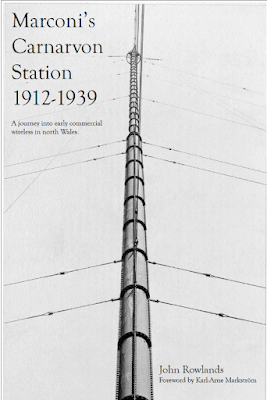

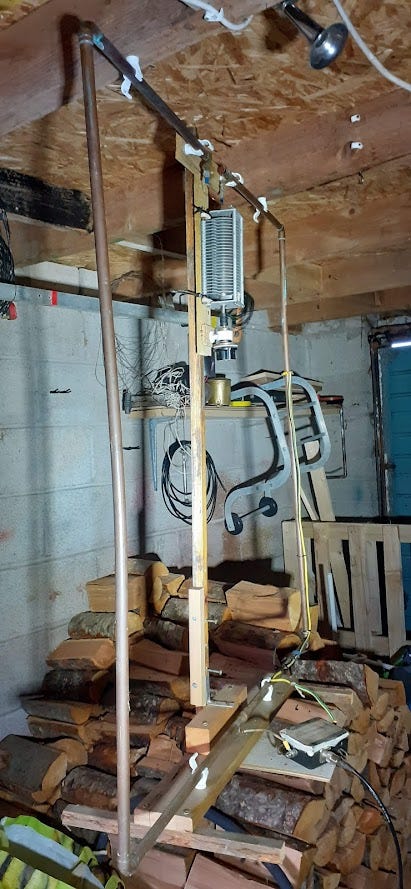

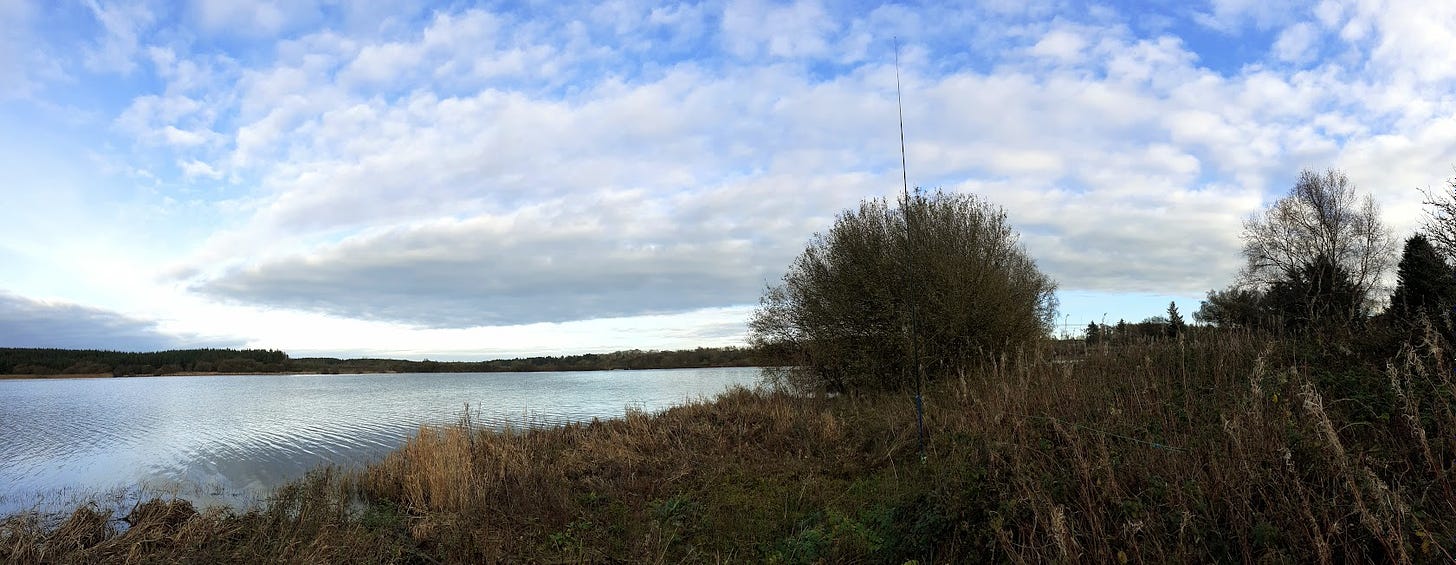
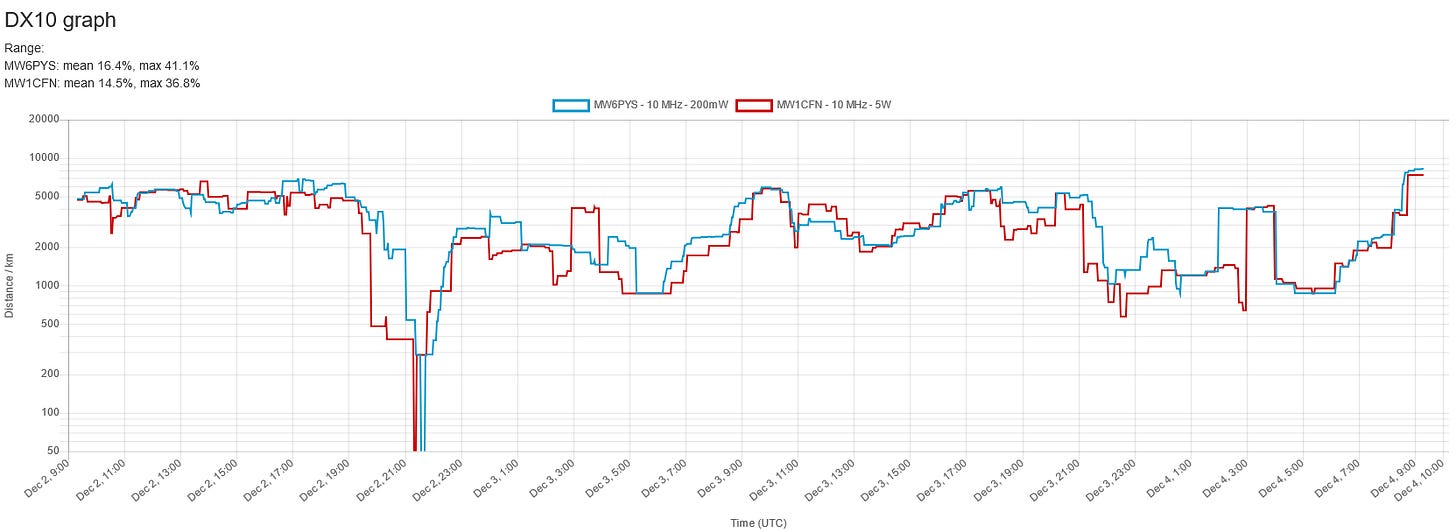

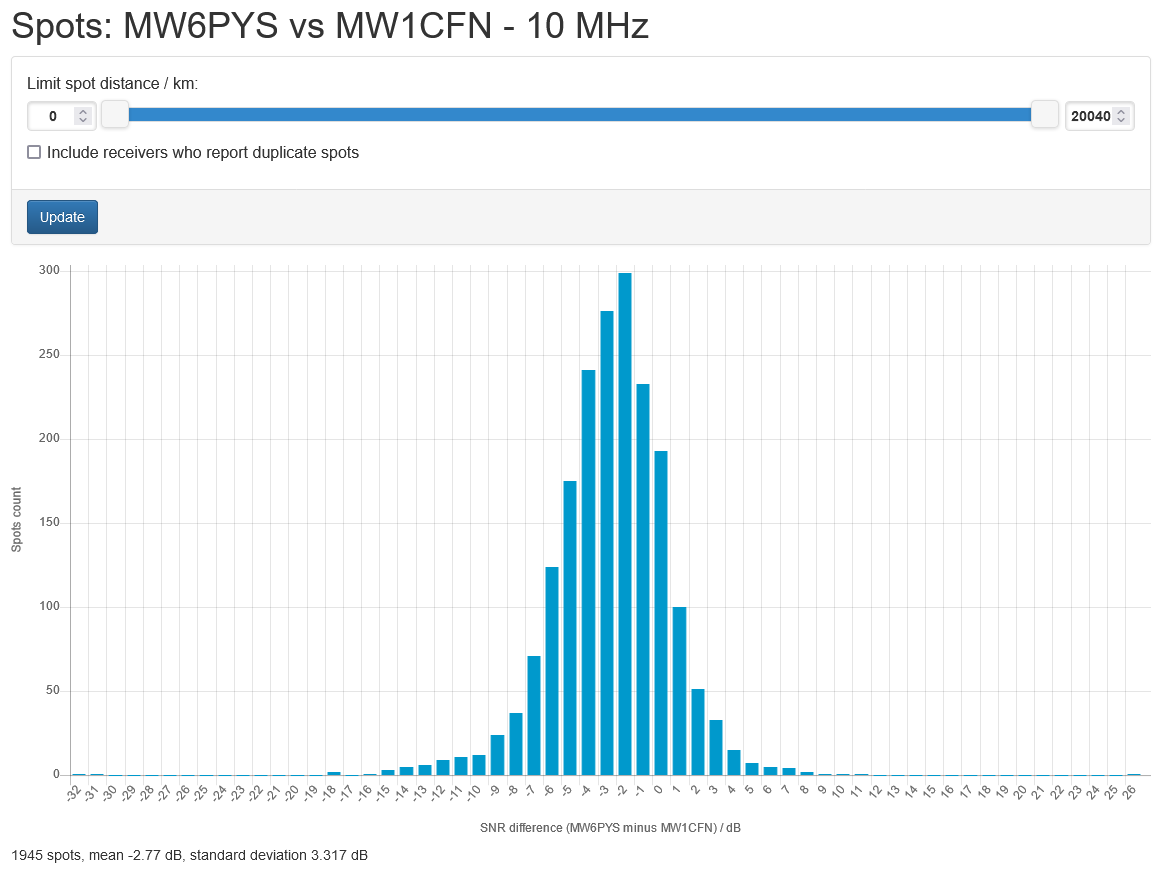
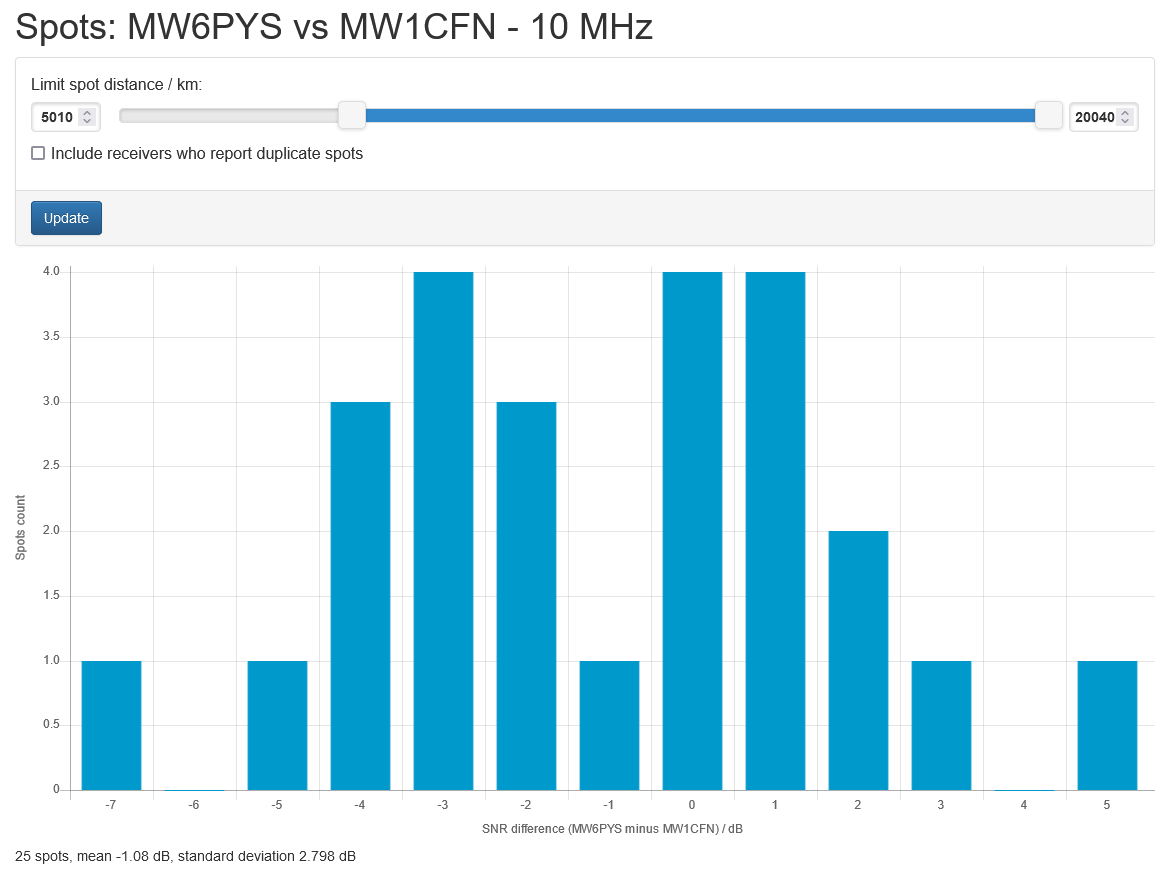















%20Storage%20limitation.png)

